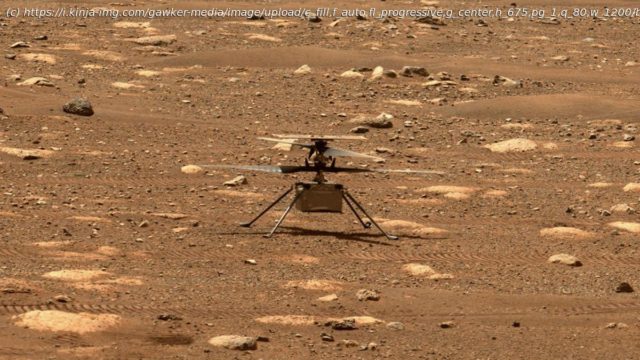NASA’s Ingenuity helicopter will attempt to take flight on the Red Planet early Monday morning, and you’ll be able to watch live as the NASA team tracks this historic test from mission control.
NASA’s Ingenuity helicopter will attempt to take flight on the Red Planet early Monday morning, and you’ll be able to watch live as the NASA team tracks this historic test from mission control. Should the four legs of this tiny 4-pound (1.8 kg) helicopter leave the Martian surface, it will become the first time that NASA—or any other space agency—has successfully attained powered controlled flight on an alien planet. Success would introduce an entirely new dimension to exploring the Red Planet. You can watch the live stream below starting at around 3:30 a.m. EDT (12:30 a.m. PDT) on Monday April 12. NASA hasn’t said yet when images or even video of the flight attempt will be available, but we’re hoping for later on Monday. Alternately, you can follow along on the NASA app, YouTube, and Facebook. For those living in the western hemisphere, this is admittedly not the best time to be awake, but NASA will be holding a news briefing to discuss the preliminary flight results at 11:00 a.m. EDT (8:00 a.m. PDT) on the same day. Importantly, the current schedule is subject to change “as engineers work on the deployments, preflight checks, and vehicle positioning of both Perseverance and Ingenuity,” according to NASA. Scheduling updates can be monitored at the helicopter’s Watch Online webpage. The team at NASA’s Jet Propulsion Laboratory will also be assessing wind speeds at the Octavia Butler landing site and the amount of power available to Ingenuity for its flight, as MiMi Aung, Ingenuity project manager, told reporters on Friday. Amelia Quon, Ingenuity chamber test engineer, said the helicopter was tested across a wide range of possible wind conditions, but there was no perfect way to simulate the conditions on Mars.
Home
United States
USA — software Watch NASA Mission Control as They Attempt First Helicopter Flight on Mars






